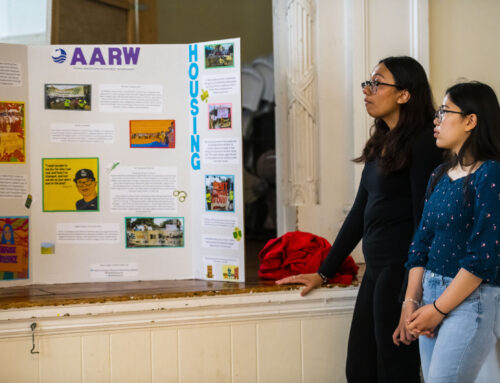What happens when all the women are gone?
Over a thousand women were killed last year in Mexico, yet no one, not even the President of the nation seems to care.
Femicide, the murder of women solely because of their gender, has been rampant in Mexico. From the killing of seven-year-old girls to young working women and wives, the rate of femicide has doubled in the past year compared to 2015, the year that Mexican authorities began documentation of this cruel crime. On average 10 women were killed per day in 2019. It’s no secret that the female experience and struggle has continually been ignored throughout history, but this issue shows its permeation into modern society.
The popular President of Mexico Andrés Manuel López Obrador, known to the public as Amlo, has neglected to speak on this issue, let alone take it to be one of importance. Almo has instead blamed the murders on the “neoliberal policies” of governments that preceded his term and has more than once insisted that the recent female protests against femicide are motivated by rightwing plots to overthrow him and cause his administration to fail.
But in no way did the government’s neglect stop the nation’s women from taking matters into their own hands. Almo’s lack of compassion to women’s rights has only helped fuel their cause. “Fight today so we don’t die tomorrow” was one of the slogans that over 80,000 women held while protesting in the streets on Sunday March 8th. Dressed in shades of purple, the color symbolizing International Women’s Day, women of all ages and various backgrounds took to the streets to express their anger and frustration at the extreme sexism and neglect they persistently face.
Toma aérea del inicio de la #Marcha8M #MarchaFeminista #Mexico pic.twitter.com/n0GPlnRYrI
— Desirée Navarro (@DesireeNavarro) March 9, 2020
The growing anger of women in Mexico had reached a peak earlier this year, after two women had been brutally murdered in February. 25-year-old Ingrid Escomilla was killed and mutilated by her ex-husband, and media outlets subsequently leaked a photograph of the victim’s body for their front pages. Ingrid had previously filed two complaints against her ex-husband and notified police that he was domestically violent, but all efforts she made had been downplayed and ignored by officials. Later that month, a 7-year-old girl, Fatima, was taken from school by a stranger and brutally murdered. Relatives accused police of not acting quickly enough, making them wait hours and traveling far to file a missing persons report. Both cases exposed the inaction of the government and lawmakers and their failure to protect female lives.
Hoy en las oficinas de servicios escolares #UnDiaSinMujeres #UnDiaSinEllas pic.twitter.com/nQfF2pkicC
— UDLAP (@udlap) March 9, 2020
The day following International Women’s Day, Monday March 9th, women of all ages did exactly the opposite of what they had done the day before. Numbering in the thousands across Mexico, women showcased the importance of their voices by removing them. Thousands of women participated in a nationwide strike to protest femicide and injustice against women. Absent from their jobs in factories, hair and nail salons, banks as well as even schools, it was “Un Día Sin Mujer,” or “A Day Without Women”. Females absent from the public sphere were supposed to serve as a harsh reminder that every day, women in Mexico are killed, and that these murders are permanent and matter to society, as explained by its organizers. Women who were accused of being a disruption to society due to their loud and public protest wanted to prove to their opponents that their silence would be just as loud. However, the women weren’t alone. Schools, workplaces and businesses stood in solidarity behind the strike, encouraging female employees to stay at home and not taking away from their salary for not showing up to work.
In a society known for its “machismo” culture that has put down and ignored women for decades, March 9th was a day that showed the rest of Mexico what a world without women would really be like—one they couldn’t live without.




